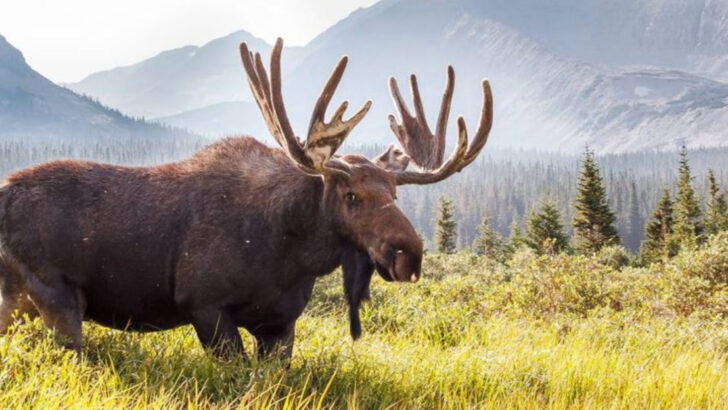Minnesota is home to a variety of unique wildlife, and if you’re lucky enough to explore its natural landscapes, you may spot some truly fascinating creatures. From dense forests to serene lakes, the state is teeming with animals that call these habitats home. Whether you’re out hiking, camping, or just enjoying the beauty of the outdoors, you never know what you might come across in Minnesota’s wild.
From the majestic bald eagle soaring above to the elusive timberwolf quietly roaming through the woods, Minnesota’s wildlife offers something for every nature lover. The state’s diverse ecosystems provide a safe haven for a wide range of animals, making it a must-visit for those hoping to experience nature up close. These 23 incredible creatures are just a glimpse of what you can find if you take the time to discover the wild side of Minnesota.
Eastern Timber Wolf
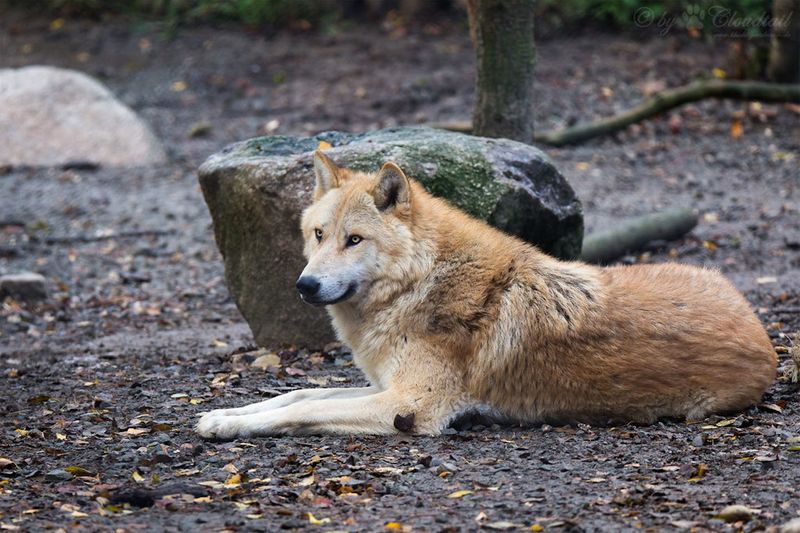
The Eastern Timber Wolf, a symbol of wilderness, thrives in Minnesota’s forests. With their distinctive howls echoing through the trees, these wolves form tight-knit packs. They play a crucial role in maintaining ecological balance by controlling the populations of prey species.
Witnessing a pack hunting or interacting is a profound experience. These predators are elusive, requiring patience and respect from those who seek them. Minnesota offers one of the best opportunities to observe wolves in their natural environment. This majestic animal embodies the wild spirit of the northern woods.
Bald Eagle
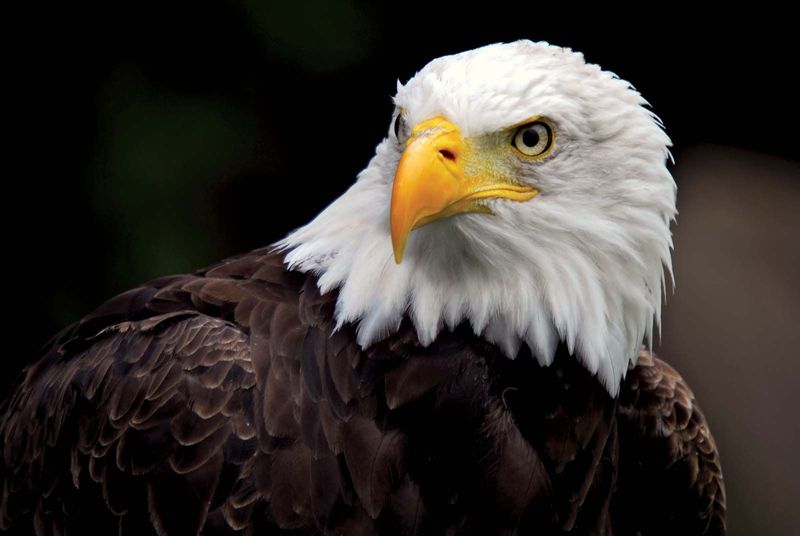
The Bald Eagle, America’s national bird, is a common sight in Minnesota, especially near water bodies. These magnificent birds of prey are known for their impressive wingspans and sharp talons used to snatch fish from the water.
Their presence is most noticeable during the winter months when many eagles congregate near open water to hunt. Watching these birds soar effortlessly is a reminder of nature’s grandeur. Conservation efforts have helped their population rebound, making the state a premier locale for eagle spotting. Seeing a Bald Eagle in flight is truly awe-inspiring.
Moose
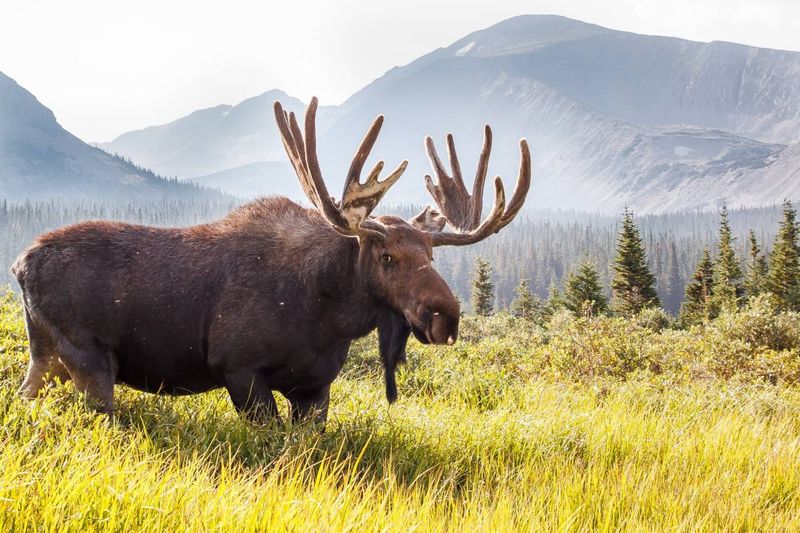
Moose are the largest members of the deer family and a staple of Minnesota’s northern wilderness. With their towering antlers and massive size, they are an unforgettable sight. These majestic animals thrive in the state’s dense forests and marshes.
Moose are typically solitary, but during mating season, bulls can be seen competing for the attention of cows. Observing a moose in the wild requires patience and a bit of luck, as they are elusive creatures. Their presence is a testament to the wild and rugged landscape of Minnesota.
Common Loon
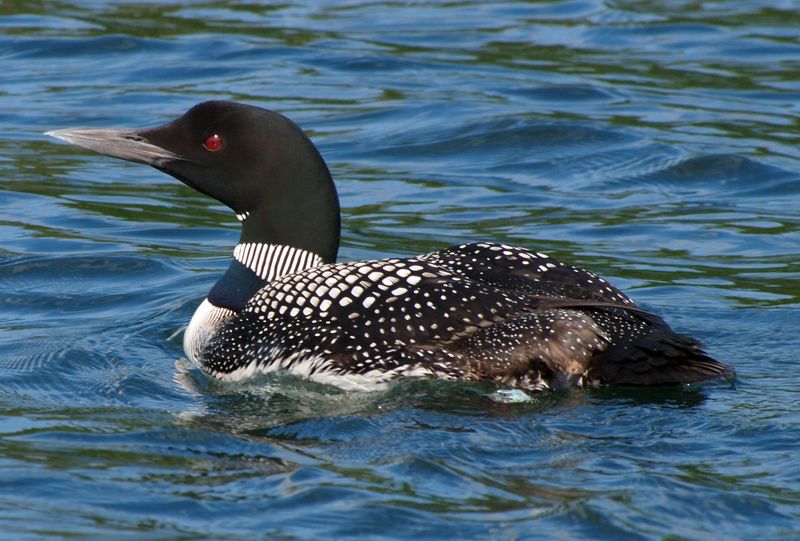
The haunting call of the Common Loon is a quintessential sound of Minnesota’s lakes. These aquatic birds are known for their striking black-and-white plumage and red eyes. Loons are expert divers, capable of submerging for several minutes to catch fish.
During the summer, loons can be seen nesting on lake shores, a testament to their strong territorial instincts. Observing a loon glide across the water’s surface is a peaceful experience, emblematic of the state’s pristine natural environment. The Common Loon holds a special place in the hearts of Minnesotans.
White-tailed Deer
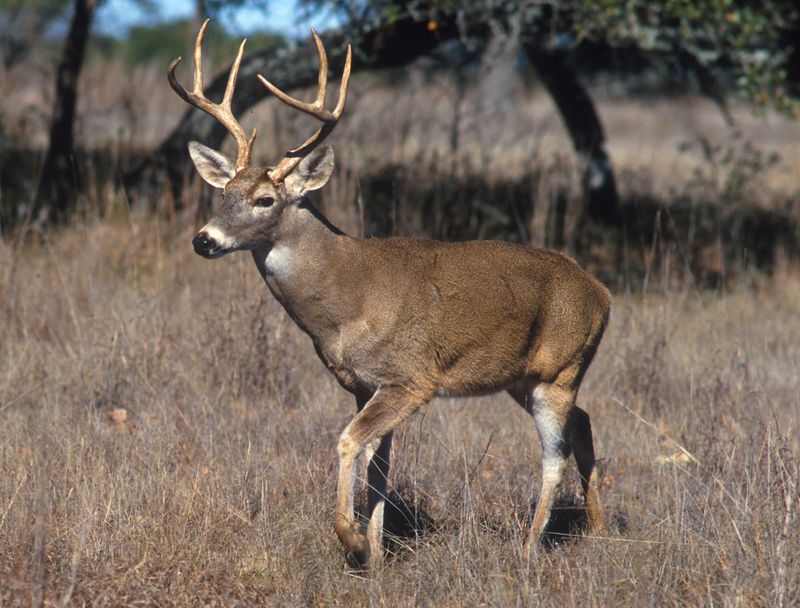
White-tailed Deer are abundant throughout Minnesota, often spotted grazing in meadows or forests. Known for their distinctive white tail that flashes when alarmed, these deer are graceful yet agile creatures.
In autumn, bucks grow antlers and spar during the rutting season, an intriguing display of strength. Their adaptability allows them to thrive in varied environments, from woodlands to suburban areas. Encountering a White-tailed Deer in the wild is a serene experience, one that connects us with nature’s gentle beauty. They are a symbol of the state’s rich wildlife.
Red Fox
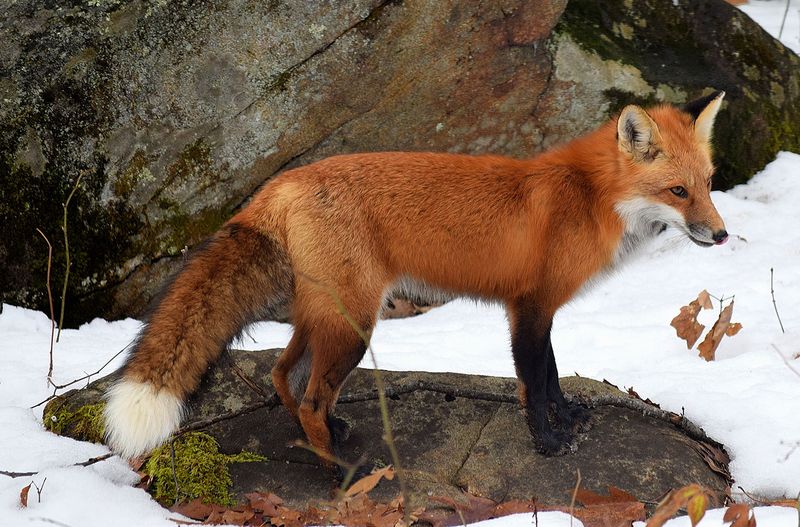
The Red Fox, with its striking reddish fur and bushy tail, is a common sight across Minnesota’s landscapes. Known for their cunning and adaptability, these foxes are skilled hunters, catching small mammals and birds with ease.
Their playful nature is often on display as they frolic in the fields or play with their kits. Foxes are most active during dawn and dusk, times when their keen senses are put to the test. Observing a Red Fox in the wild provides a glimpse into the vibrant life of Minnesota’s ecosystems.
Black Bear
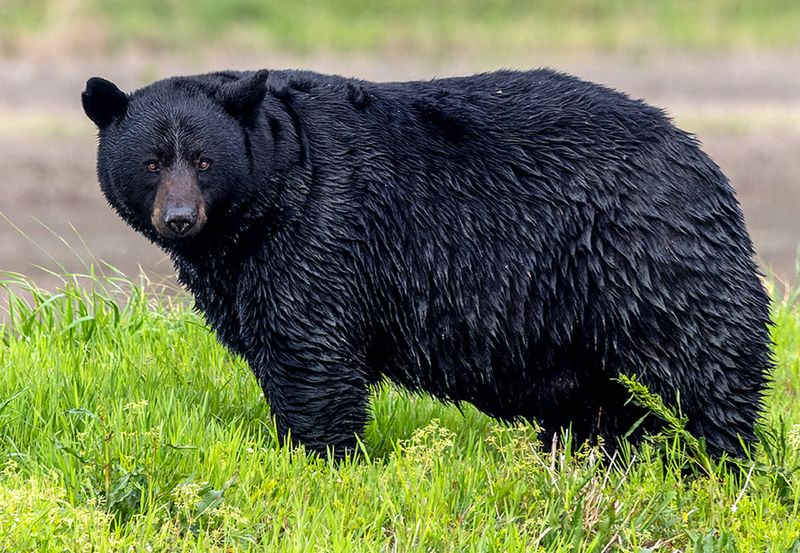
Black Bears roam the forests of northern Minnesota, where they forage for berries, nuts, and insects. These powerful creatures are solitary and primarily nocturnal, though sightings can occur during the day.
Despite their size, black bears are adept climbers, often retreating to trees when threatened. Observing a bear from a safe distance offers a thrilling encounter with the wild. During autumn, they increase their food intake to prepare for hibernation. Their presence is an integral part of the state’s wilderness, highlighting the robust nature of Minnesota’s habitats.
Canada Lynx
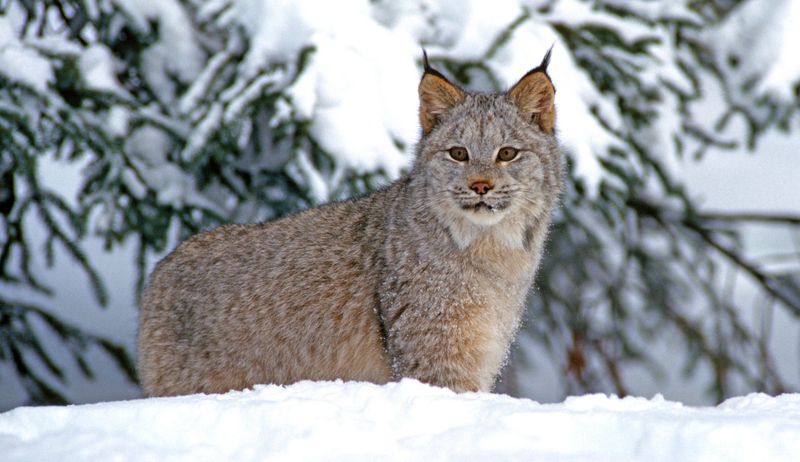
The elusive Canada Lynx, with its tufted ears and large paws, prowls the northern reaches of Minnesota. Renowned for its stealth and solitary nature, this feline predator primarily hunts snowshoe hares.
Lynx are masters of camouflage, blending seamlessly into the snowy landscape. Spotting one requires patience and keen observation skills. These cats are a testament to the state’s diverse wildlife, thriving in the cold, dense forests of the north. The presence of the Canada Lynx is a symbol of the untamed and mysterious wilderness that Minnesota offers to adventurers.
Great Gray Owl
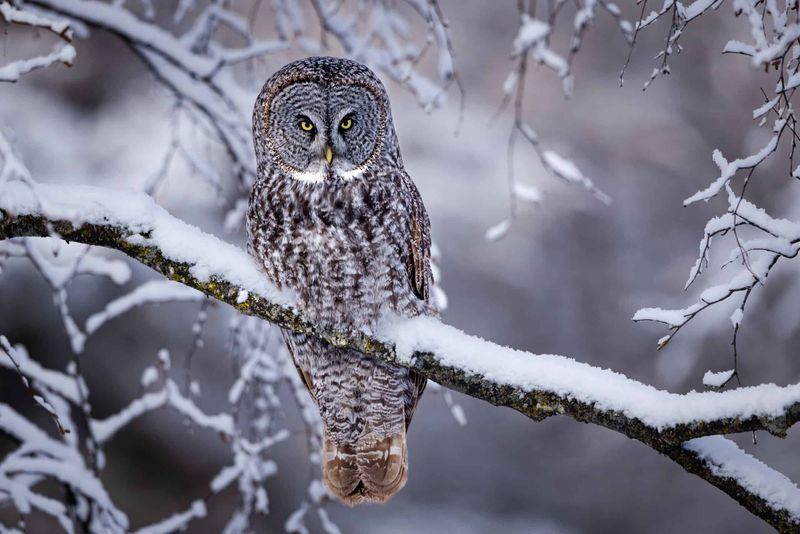
The Great Gray Owl, with its distinctive round face and piercing yellow eyes, is a magnificent bird of prey found in Minnesota’s boreal forests. Known for their silent flight and hunting prowess, these owls are adept at catching rodents beneath the snow.
Their broad wings and large size make them an imposing sight. Winter is the best time to observe Great Gray Owls, as they hunt during daylight hours. Spotting one offers a rare glimpse into the life of a top predator. These owls are a testament to the rich biodiversity of Minnesota’s northern regions.
Beaver
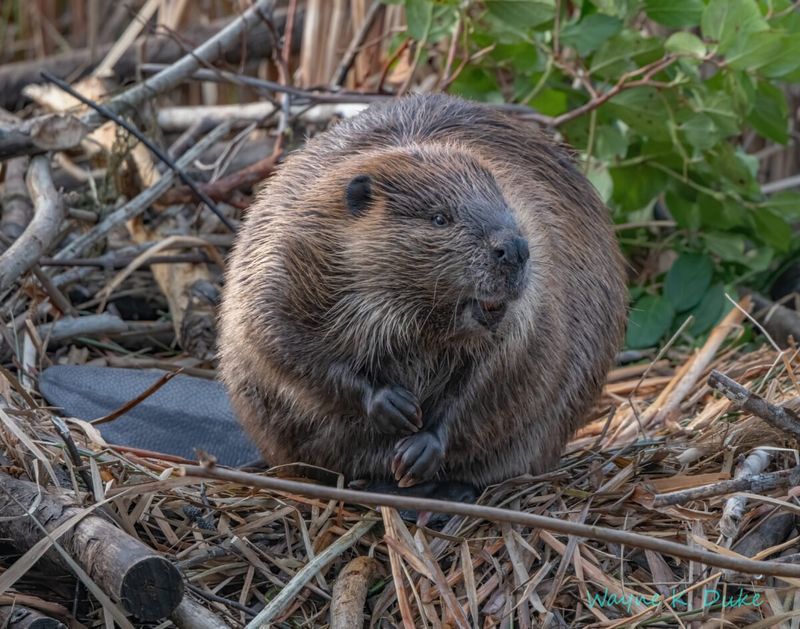
The industrious Beaver is a key figure in Minnesota’s aquatic ecosystems, known for building intricate dams and lodges. These nocturnal mammals are master engineers, transforming landscapes and creating new habitats for other species.
Their work benefits the environment by regulating water flow and providing flood control. Watching a beaver at work is a fascinating experience, revealing its dedication and skill. With sharp teeth and a flat tail, beavers are well-adapted to their watery world. They exemplify the interconnectedness of Minnesota’s wildlife and the importance of conservation efforts.
Snowshoe Hare
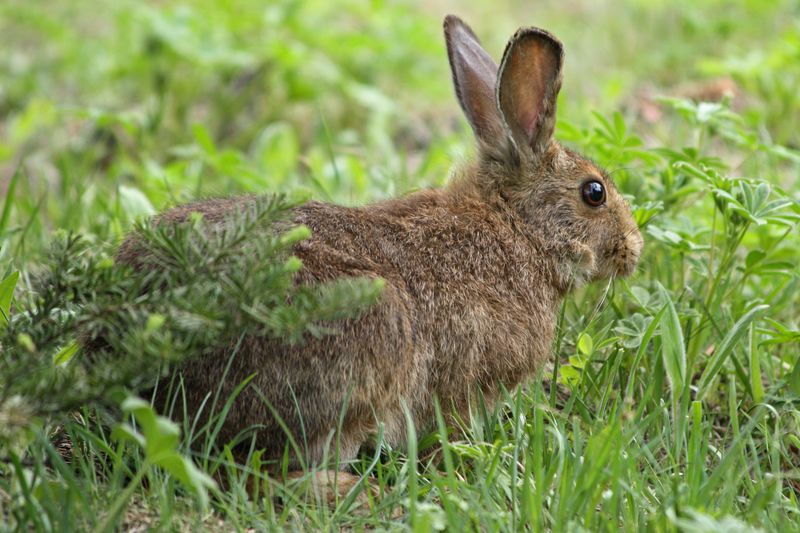
The Snowshoe Hare, with its large hind feet, expertly navigates Minnesota’s snowy terrain. Its seasonal coat changes from brown to white, providing effective camouflage against predators. These hares are a vital prey species, supporting the diets of various carnivores like lynx and foxes.
They are mostly nocturnal, using the cover of night to forage for twigs and bark. Observing a snowshoe hare in its natural habitat offers insight into the survival strategies of prey animals. These hares demonstrate the delicate balance of the state’s ecosystems and their role in the food chain.
American Black Duck
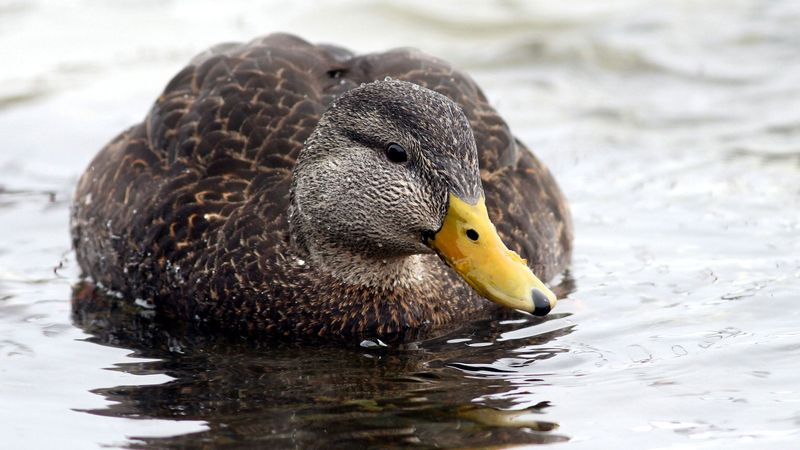
The American Black Duck is a resilient waterfowl found in Minnesota’s wetlands. Known for their dark, mottled feathers, these ducks are less common than their Mallard cousins but equally fascinating. They thrive in both freshwater and saltwater marshes, often seen dabbling for food.
Their presence indicates healthy wetland ecosystems, as they rely on a diverse diet of aquatic plants and insects. Observing a black duck requires patience, as their plumage provides excellent camouflage. Their role in the environment highlights the importance of preserving Minnesota’s wetlands and the rich biodiversity they support.
Painted Turtle
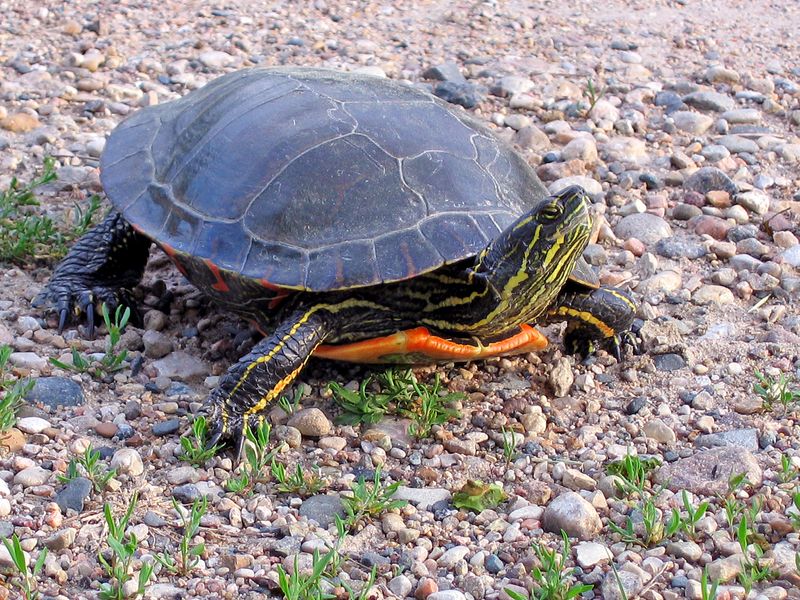
The Painted Turtle, with its brightly colored shell, is a common inhabitant of Minnesota’s ponds and lakes. These reptiles are often seen basking on logs or rocks, warming themselves under the sun. Known for their vibrant red and yellow markings, they add a splash of color to their aquatic homes.
Painted Turtles are omnivorous, feeding on aquatic plants, insects, and small fish. Watching them swim gracefully reveals their adaptability and resilience. Their presence in Minnesota’s waterways is a testament to the state’s clean water and healthy aquatic ecosystems, making them a delight for nature enthusiasts.
North American River Otter
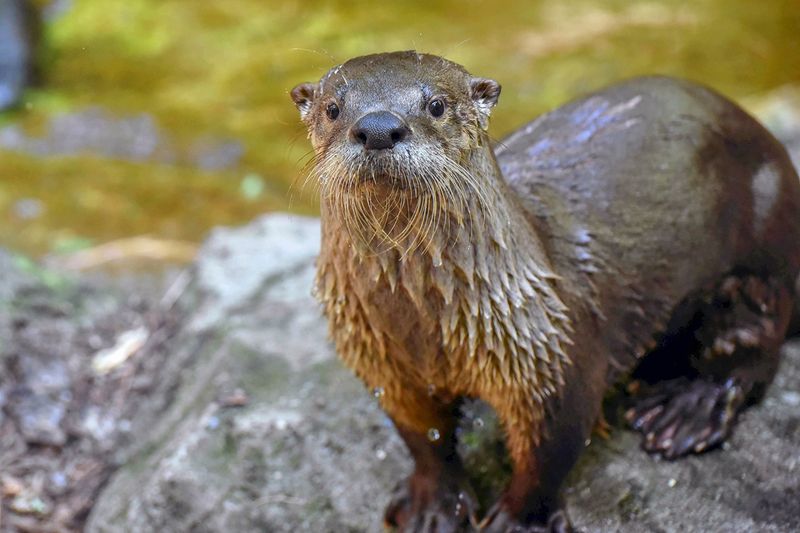
The North American River Otter, playful and agile, thrives in Minnesota’s rivers and lakes. Known for their sleek bodies and webbed feet, they are excellent swimmers, often seen frolicking in the water or sliding down muddy banks. Their playful behavior is a joy to observe, showcasing their intelligence and social nature.
River otters feed on fish, insects, and small mammals, playing a crucial role in maintaining healthy aquatic ecosystems. Spotting an otter is a rewarding experience, offering a glimpse into the vibrant life hidden beneath the water’s surface. They symbolize the thriving wildlife of Minnesota’s waterways.
Pileated Woodpecker
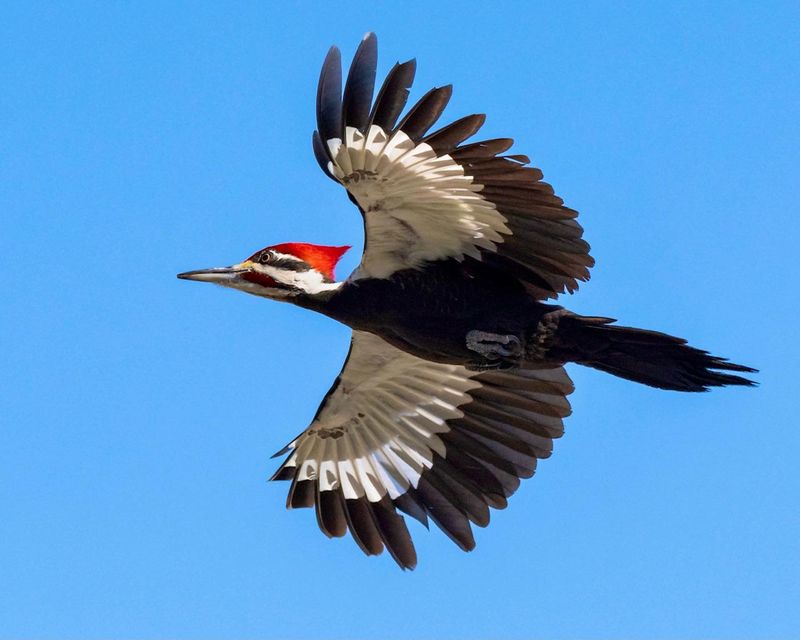
The Pileated Woodpecker, one of the largest woodpeckers in North America, is a captivating presence in Minnesota’s forests. With its striking red crest and distinctive drumming sound, it forages for insects beneath tree bark. These birds play a vital role in the ecosystem by controlling insect populations and creating nesting sites for other species.
Seeing a Pileated Woodpecker in action is a thrilling experience, as their powerful beaks resonate through the forest. Their presence highlights the importance of preserving mature forests, which provide essential habitats for these remarkable birds.
Coyote
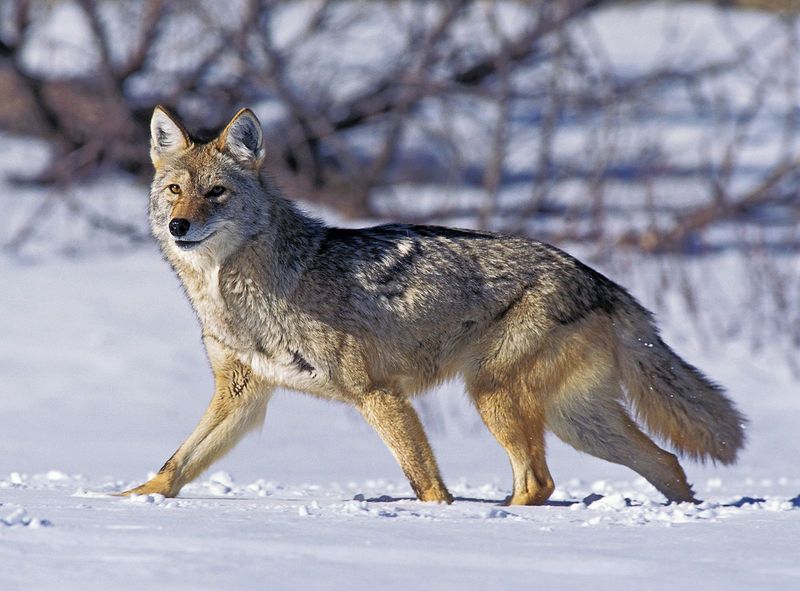
The Coyote, known for its adaptability and intelligence, is a common predator in Minnesota. Resembling a small wolf, it is often seen in fields and forests, where it hunts small mammals and birds. Coyotes have a complex social structure, often living in family units or hunting alone.
They are most active during dawn and dusk, skillfully navigating various terrains. Observing a coyote in the wild offers insight into their role as a top predator. Their eerie howls echoing through the night are a symbol of the wildness that permeates the state’s landscapes.
American Marten
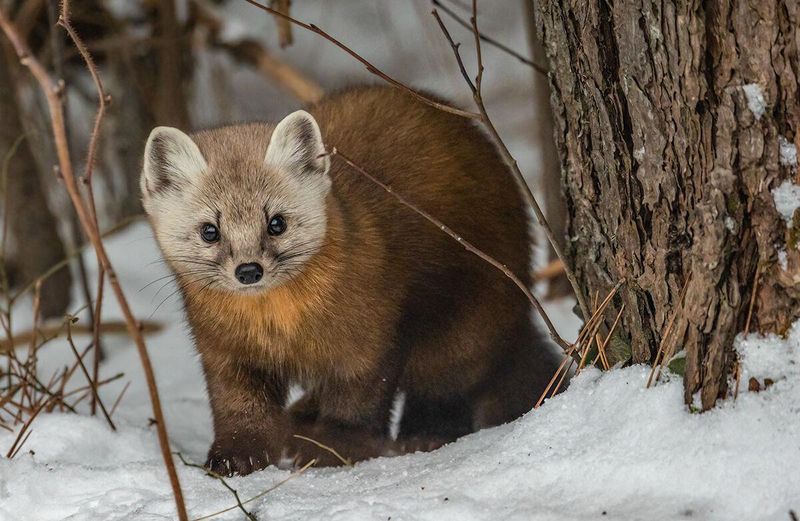
The American Marten, a member of the weasel family, is a small yet ferocious predator found in Minnesota’s northern forests. With its sleek fur and bushy tail, this agile mammal is adept at climbing trees and hunting small animals.
Martens are solitary creatures, often seen darting through the underbrush in search of prey. Their presence is indicative of healthy, mature forests, as they rely on complex habitats for survival. Spotting an American Marten is a rare and exciting experience, showcasing the diverse wildlife that thrives in the state’s lush woodlands.
Ruffed Grouse
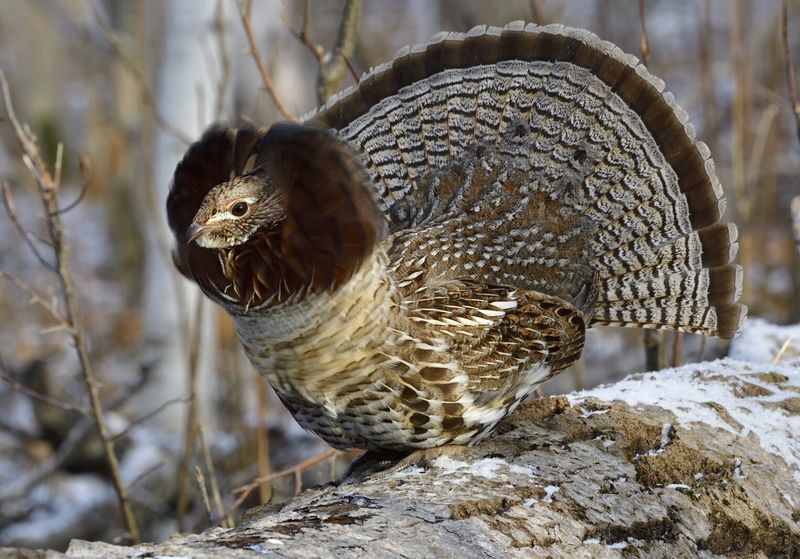
The Ruffed Grouse, known for its distinctive drumming display, is a familiar sight in Minnesota’s forests. These plump birds are well-camouflaged, blending seamlessly with the leaf-littered forest floor. During the breeding season, males perform a unique drumming display, creating a deep, resonant sound by beating their wings.
Ruffed Grouse feed on a variety of plants and insects, adapting to seasonal changes. Observing a drumming grouse is a memorable experience, offering insight into its complex mating rituals. Their presence highlights the rich avian diversity in Minnesota’s woodlands and the importance of preserving these habitats.
Gray Wolf
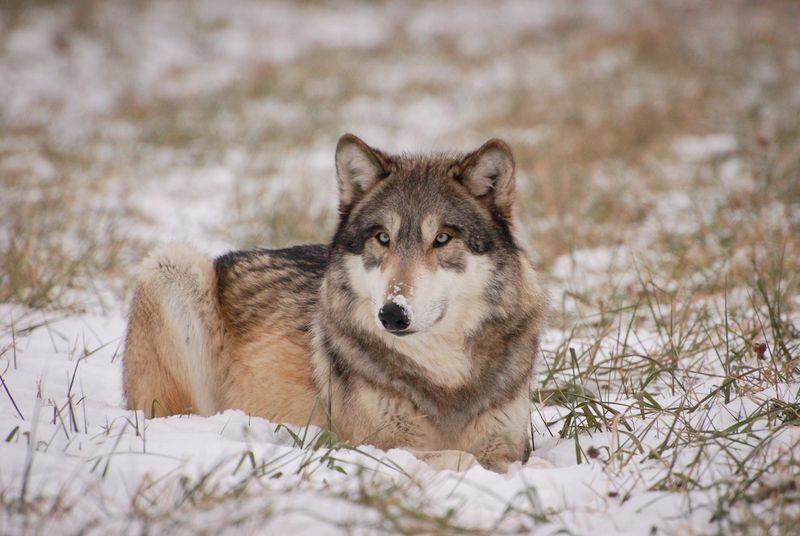
The Gray Wolf, a symbol of wilderness and freedom, roams the dense forests of Minnesota. These social animals live in complex family structures, communicating through howls that echo in the night. Gray wolves play a crucial role in regulating prey populations, maintaining ecological balance.
Witnessing a pack in action is a thrilling experience, as they exhibit remarkable teamwork while hunting. Minnesota’s forests offer a rare opportunity to observe these majestic creatures in their natural habitat. Their presence underscores the importance of conservation efforts to ensure the survival of such an iconic species.
Osprey
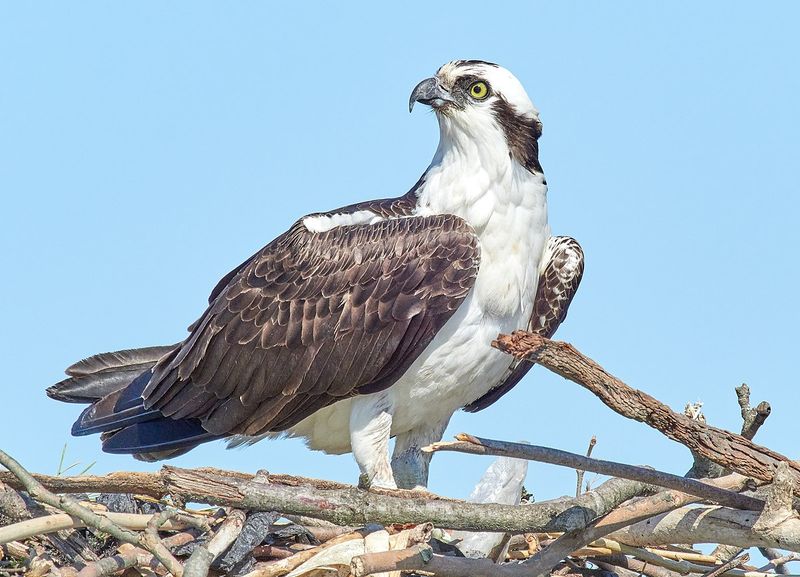
The Osprey, also known as the sea hawk, is a striking bird of prey frequently seen near Minnesota’s lakes and rivers. Renowned for their fishing prowess, ospreys dive with precision to snatch fish with their sharp talons.
Their distinctive black and white plumage and piercing eyes make them a captivating sight. Watching an osprey hunt is a thrilling experience, showcasing their agility and skill. These birds are indicators of healthy aquatic ecosystems, relying on abundant fish populations. Their presence highlights the importance of protecting Minnesota’s waterways and the rich biodiversity they support.
Timber Rattlesnake
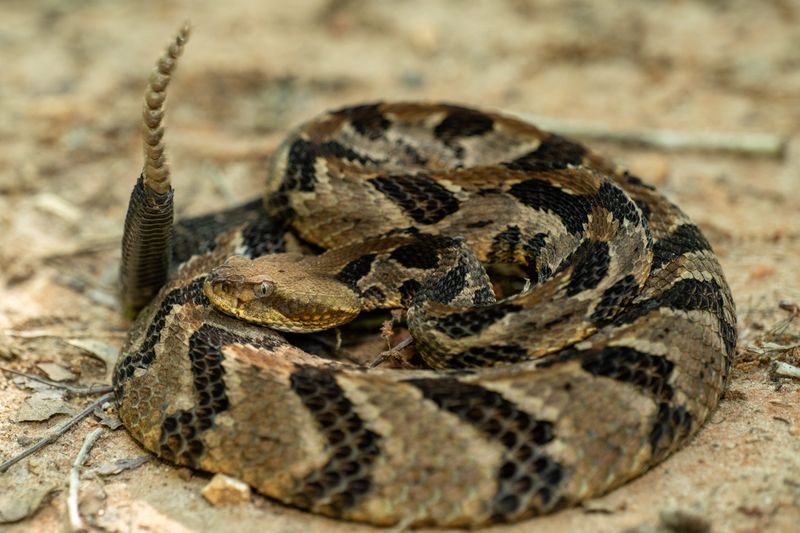
The Timber Rattlesnake, a rare and endangered species in Minnesota, is a venomous snake found in the state’s southeastern regions. Known for their distinctive rattle and patterned scales, these snakes are elusive and often misunderstood.
Timber rattlesnakes play a vital role in controlling rodent populations, maintaining ecological balance. They prefer rocky outcrops and forested areas, basking in the sun to regulate their body temperature. Encountering a rattlesnake in the wild is rare, and caution is advised. Their presence underscores the importance of habitat protection and species conservation in Minnesota’s diverse ecosystems.
Gray Treefrog
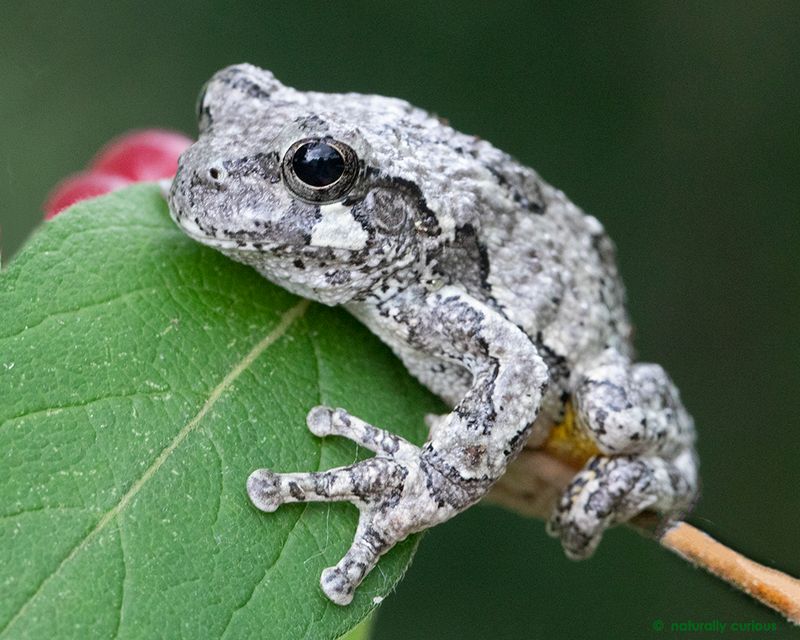
The Gray Treefrog, a small amphibian, is a common inhabitant of Minnesota’s woodlands and gardens. Known for its remarkable ability to change color, this frog blends seamlessly into its surroundings. Their distinctive trilling call is often heard during the warm months, a familiar sound of summer nights.
Gray Treefrogs play an essential role in controlling insect populations, making them beneficial to both natural and cultivated environments. Observing one up close reveals its intricate patterns and adaptability. These frogs highlight the rich biodiversity of Minnesota’s landscapes and the interconnectedness of its ecosystems.
Blanding’s Turtle
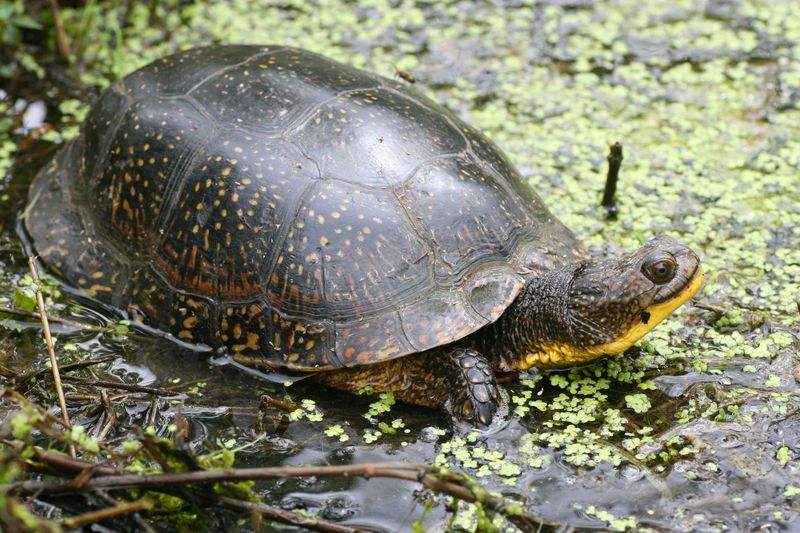
Blanding’s Turtle, recognizable by its bright yellow chin and domed shell, is a threatened species in Minnesota. Found in marshes and shallow lakes, these turtles are often seen basking in the sun or slowly moving through the water.
Blanding’s Turtles are known for their long lifespan and late maturity, factors that contribute to their vulnerability. Conservation efforts are crucial to ensure their survival, focusing on habitat protection and reduction of road mortality. Encountering a Blanding’s Turtle in the wild is a special experience, underscoring the importance of preserving Minnesota’s unique natural heritage.

